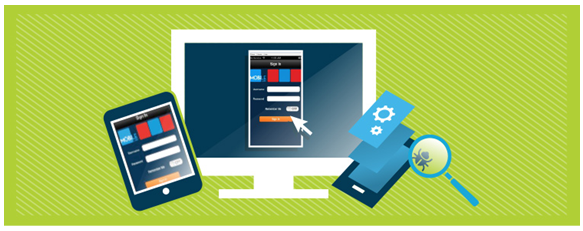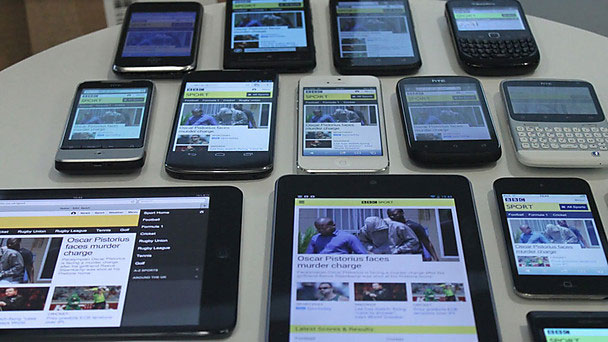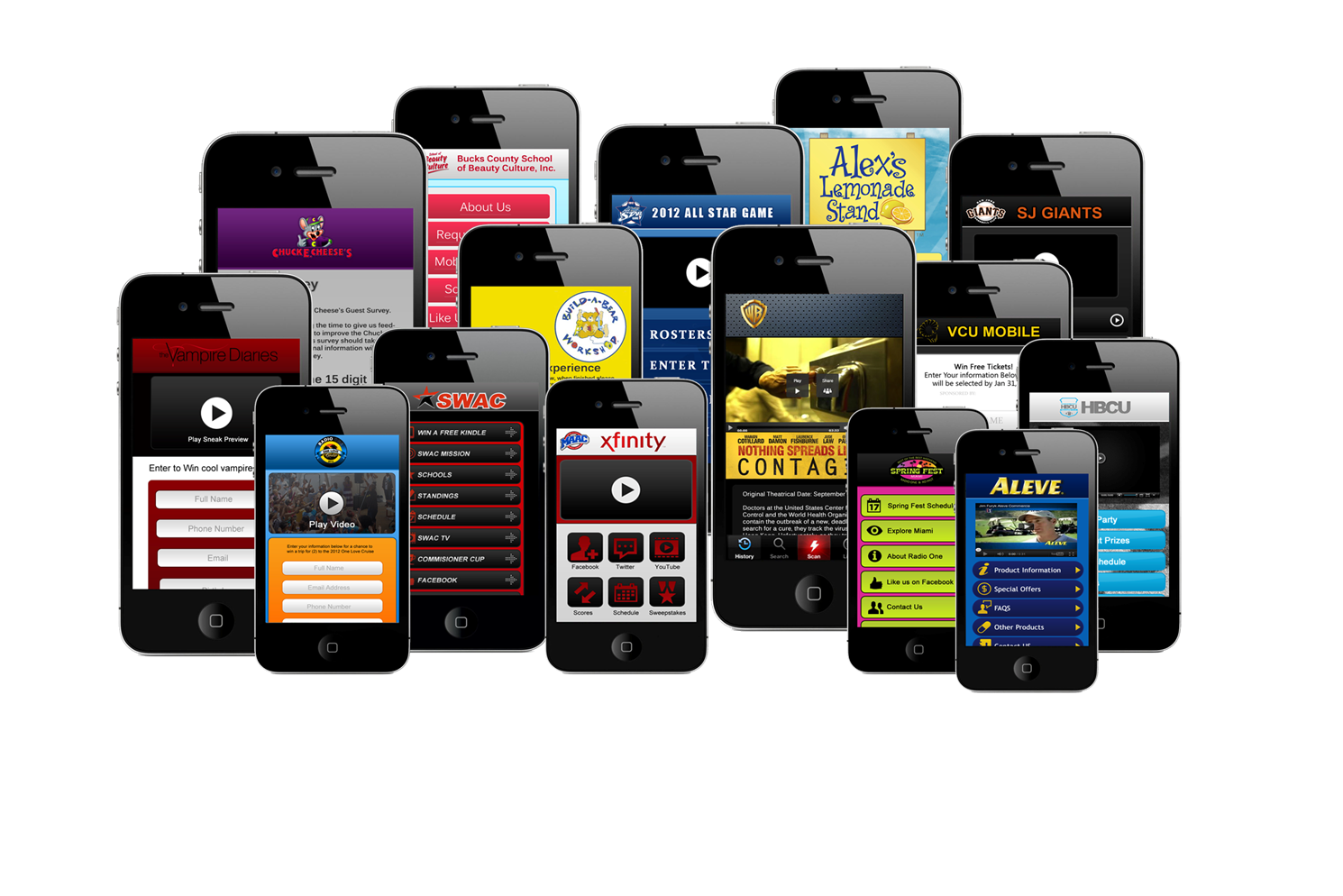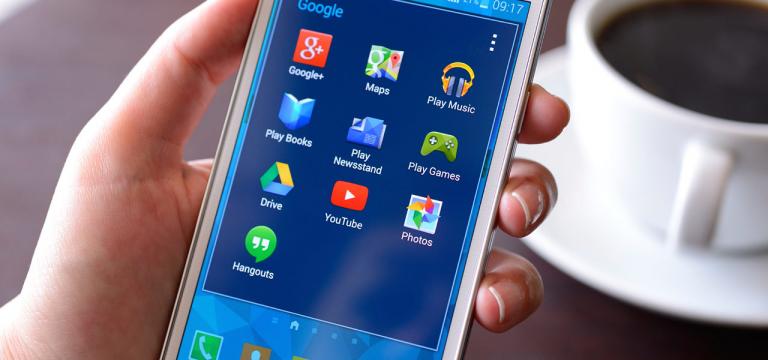Testing your application - 9 useful tips for the developer

Now, the Apple App Store and Google Play app directories collectively host about 3 million mobile programs. The number of applications is growing steadily, which cannot be said about the quality of the vast majority of programs already posted. One of the reasons for this situation is that developers do not test applications well enough, this is largely due to the lack of proper experience.
A professional tester, of course, could help bring the mobile application to almost perfect condition. But most developers usually do not have the means to pay for the services of such a professional. And users do not want to put up with poor quality. And if the user detects a serious problem (excessive power consumption, application crashes, phone hangs), then 44% of users, according to statistics, immediately delete the application, without understanding the problem. 96% of these users write poor reviews about the program. In fact, there are a lot of reasons why the application is deleted, we already wrote about this in our blog . Now let's talk about what can be done to make the application work as it should, pleasing the user with stability, and the developer with advertising revenue.
1. Testing target OSs and OS versions
It may look like captainhood, but you really need to test the target OS. Some developers use emulators to save time. This is not bad, but emulators often lack many of the functions and features inherent in a real operating system. And just a function that is absent in the emulator can cause a program crash or some problem in the application.
Agree, before the release of the application, it is extremely important to test its work in a real OS, and you need to test the program on different versions of this OS. You do not need to check all versions, just take the most common and popular ones. If your program should work under iOS 8, then try versions 8.0, 8.1, 8.2, 8.3, etc. on a real hardware.
2. The program interface on screens of various sizes

So we tested the BBC Sport
With iOS, this problem is not so relevant, but for Android, the question of how the application works on devices with different display sizes is one of the most important. The program should look good and work stably on devices with any screen size (unless, of course, the goal is set by the developer). And here the advice will be the same as in the previous paragraph - test the application on real devices, and try to find the maximum number of gadgets with screens of all sizes.
If the related devices have the same display size, then there is no need to work with two devices at once. It will be enough to test the application on one of the gadgets. For example, if your program supports iPhone 5 and iPhone 5s, you can test the application only on one of the smartphones.
3. Check the operation of the application with different speeds for connecting to the network
Network connection is not used by all applications. If you are developing a standalone calculator, you can skip this point. But if your program requires a connection to the Network (even one-time), you need to take care of testing the application in conditions of connecting to the Network at different speeds. In some cases, the application can work fine with a wide communication channel, and fail if the Internet connection is slow.
By the way, if your program requires a quick connection, and works well only if there is a normal WiFi connection, you should warn the user about this. Otherwise, the person who downloaded the application and did not receive the expected result from the program due to a slow network connection can simply remove the app without understanding the reasons for the glitch.
4. And now - without the Network at all
Yes, this happens often - there is no signal from a cellular network, or an accessible access point. Are you sure that the program will work normally in such conditions? Sometimes an application can behave unexpectedly if there is no connection. Or imagine another situation - there was a connection, the user performs an action, and at that moment the connection disappears.
The application should not “crash” or crash at this moment, otherwise it can make a very negative impression on the user. It is also worthwhile to provide for a notification of a network outage so that the user understands the cause of the problem.
We give a simple example. A man downloaded a program requiring registration. The registration form opens, the user fills it in, and here, when you click on the "Finish" button, the connection disappears. In this case, if the program does not have time to perform the desired action, a message about the lack of communication should appear. Otherwise, having unsuccessfully poked the “Finish” button, the user may be so upset that he will simply delete the program.

5. Energy Consumption
Another problem, and it is very common. It happens that you install the same calculator, and after an hour half the battery charge - as it never happened. Naturally, such a voracious application is immediately sent to the junk by most users of mobile devices.
And why? Because the developer did not test the power consumption of his program. According to statistics, 55% of users have encountered the problem of a "hungry application." To prevent the occurrence of such a problem, it is worth using the built-in tools of iOS 8. For Android, there is an excellent application - Battery Stats Plus.
If the application works perfectly, do not forget to check it for "gluttony".
6. Check how the program affects other phone features
Do not forget that a telephone, even a modern one, is a telephone, and its communication functions are necessary for the user. Make sure that the installed program does not interfere with these features of the device. Check if the phone can receive a call, show system notifications, does your program have a negative impact on the work of other programs.
7. Testing ads of various formats
If your application provides advertising, then you need to carefully test the program with advertising in various formats. Here we are talking about the size of the advertising insert (if we are talking about banners) and about checking the operation of display and contextual advertising.
If the banner overlaps the program’s control buttons, then the user will most likely simply delete such an application. In the case of display advertising, performance problems are possible - so here it is worth fulfilling the recommendation “measure seven times - one cut”.
By the way, if you have a ready-made application - try mediation from Appodeal in the work of programmers. We at Appodeal are testing your apps and helping you set up your ad display correctly.
8. We follow the directives of the creators of the platform

Each of the mobile platforms, whether it is Android, iOS or Windows Phone, has its own requirements for the applications offered by the developers. These requirements apply to both interface and functionality. If these requirements are not met, you can expect problems when working with a program created "not according to the rules." For example, if you created an Android application with a built-in return button, this function may conflict with a similar function of the OS itself. But in iOS, such a button is necessary, because the platform does not have a corresponding built-in tool.
9. Regional features
If your application works with different languages, that is, localization is provided, it is worth checking the operation of the program especially carefully. After all, localization is more than just translation into another language. An example is the date and time format. In the USA it is ““ mm / dd / yyyy ”, but in most other regions it is“ dd / mm / yyyy. ”And such“ trifles ”come across quite often.
Be sure to check the localization features and the program in all regional segments that are provided.
And remember, the first impression is everything. Most users who open the application and get a negative impression when working with it are unlikely to appreciate the merits of the program. On the contrary, 44% of users, as mentioned above, will immediately delete such an application.

So do not spare time and efforts to test your program - all this will be rewarded handsomely if the application works perfectly, delighting users.
